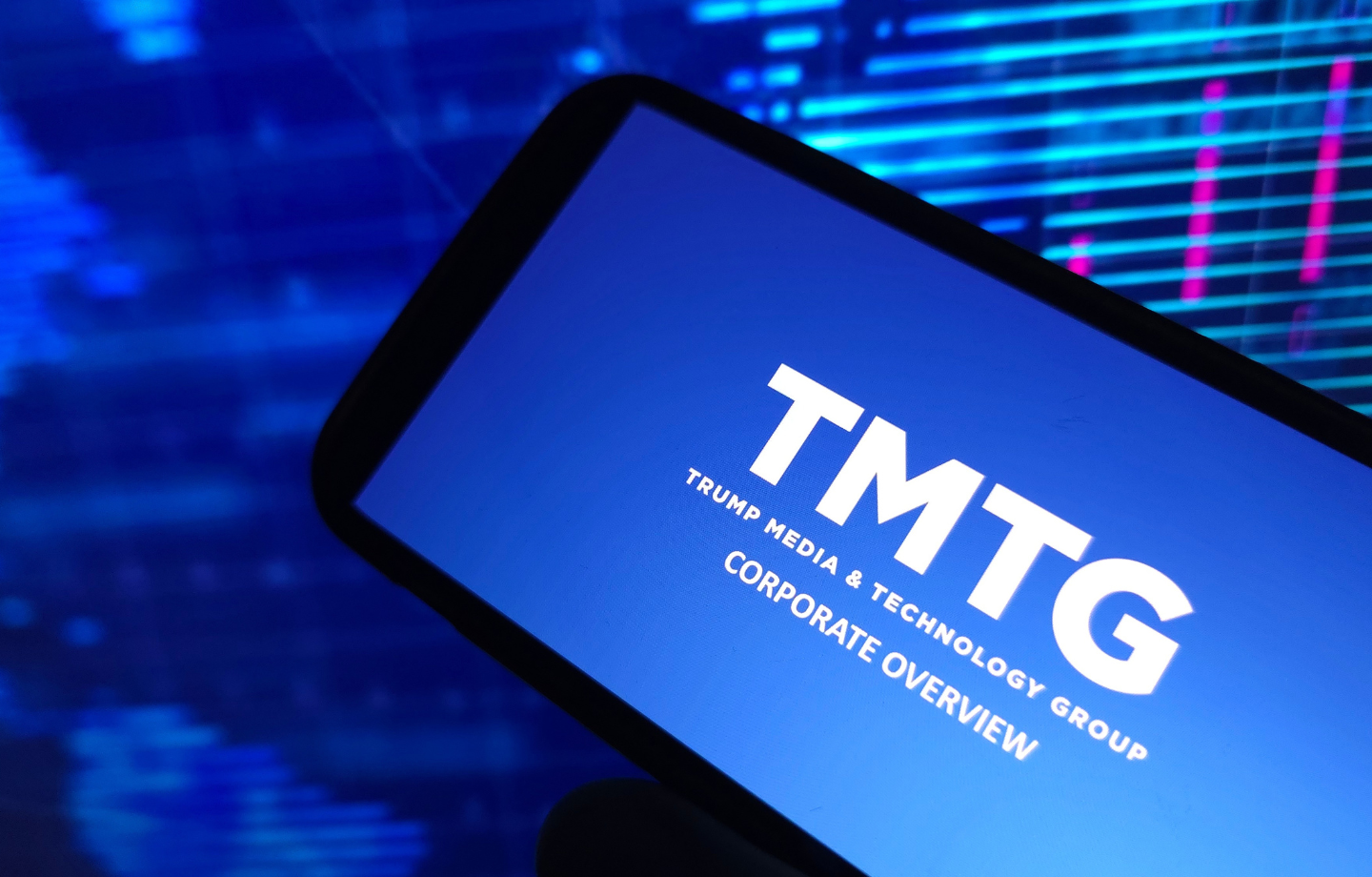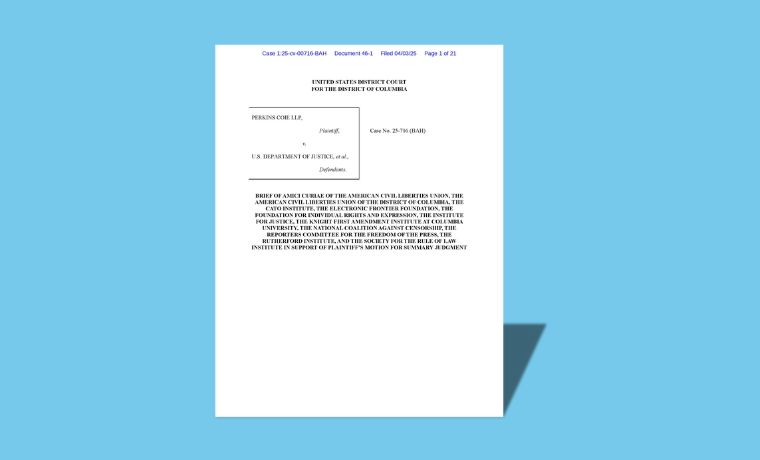How Puma Has Used ‘Stakeholder Engagement’ to Promote Human Rights

April 22, 2024
Puma, a pioneer in stakeholder engagement, recently invited representatives of civil society, think tanks, government agencies, and others to its headquarters in Herzogenaurach, Germany, to discuss the sportswear manufacturer’s Vision2030 Sustainability agenda. I participated in the first Puma stakeholder dialogue two decades ago and attended the latest one, which focused on human rights, climate, and traceability, among other topics.
During this year’s meeting, expert stakeholders helped the company to refine its proposed sustainability targets, make them more measurable, and ensure that no key themes were missing. Based on the feedback Puma received on human rights, the company committed to exploring concrete impact measurements, strengthening industry collaborations and industrial relations to advance fair wages, and to developing communication strategies that make its human rights work meaningful to consumers.
As illustrated by this process, engaging with stakeholders is no longer optional for companies based in Europe. According to the new European Union Corporate Sustainability Reporting Directive (CSRD), companies need to consider stakeholder perspectives systematically.
At the heart of the CSRD is the requirement to conduct a double-materiality assessment, which means that companies need to assess the risks to their business as well as the risks their business could cause for people and the environment. Integrating rights holders’ perspectives is considered foundational for defining a corporate human rights strategy.
Companies interested in organizing a stakeholder dialogue should consider the following aspects to maximize impact:
- Timing
Before inviting in outside experts, companies should first go through a robust internal process to clarify their own priorities. But they should finalize their strategies only after receiving expert stakeholder input. In the past, I have also participated in corporate stakeholder meetings that did not invite dialogue but at which the company merely presented their final strategy and then asked participants to sign off on it. Such an approach does not constitute meaningful engagement.
- Format
The company needs to anticipate which feedback format will be most useful to shape their sustainability strategy. Ad hoc discussions of technical details of sustainability targets might overwhelm large groups with diverse expertise. Smaller multi-stakeholder groups that focus on specific sustainability themes are more likely to provide useful, targeted input. Written strategy reviews of experts can add to the documentation of the group discussions. From my experience, working with a professional facilitator can also be very helpful for advancing the debate and finding common ground amid potentially divergent points of views.
- Participants
Companies should invite all critical stakeholders willing to constructively engage in dialogue, even when their perspectives challenge company plans. Senior management need to play a role. At this year’s Puma meeting, the CEO Arne Freundt and Chief Sourcing Officer Anne-Laure Descours actively participated throughout the event, signaling how important sustainability is to the company’s overall business strategy.
At the first Puma stakeholder dialogue 20 years ago, which took place at the Bavarian monastery at Banz, discussions were rough at times because NGOs attacked the company. Since then, the conversations have come a long way. Puma’s long-term engagement has established a level of trust among participants that stakeholder perspectives are being heard and considered by the company.
 Global Labor
Global Labor Business & Human Rights Leadership
Business & Human Rights Leadership


